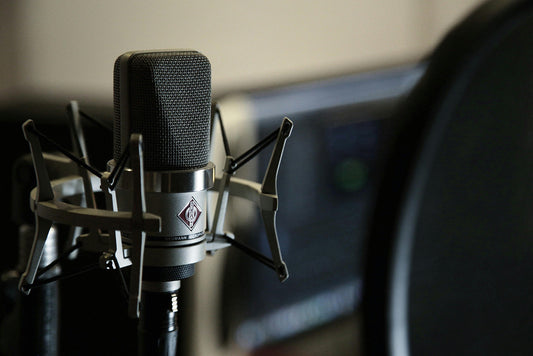I had accidentally stumbled on something interesting in my development of a new preamplifier: a 14 gauge small diameter power cable didn't sound as good as a larger diameter 12 gauge power cable. In an easily repeatable experiment I could change the amount of body and fullness in the music by simply changing power cables.
This made no sense on a number of levels: the preamp was not drawing any appreciable power from the wall and what the heck difference would 6 feet of cable make when I was connecting to several hundred feet of exposed copper wire in the wall of my lab?
As I looked a little closer I also noticed that the 12 gauge power cable was shielded and the 14 gauge was not. Hmmmm. I got another smaller gauge cable to try, only this time it too was shielded. Bingo, the fullness of the sound was the same but something else had changed: there was an increased openness to the sound that wasn't there with the original unshielded small cable.
So wire gauge seemed to have something to do with the fullness - heavier wire gave a fuller sound - and shielding also affected the sound - it opened up the soundstage. This was all very mysterious and hurt my head to contemplate what I was hearing because it flew in the face of anything making sense. So I decided to try a little experiment.
I went down to the local hardware store and bought male and female AC plug ends so I could build my own cables. I then purchased two lengths of 12 gauge, 3-conductor cables - one was a stranded type like that found in the power cables I was using, the other a solid core copper wire like what was in my wall - and built two unshielded power cables.
To my great surprise they sounded quite different again - the stranded 12 gauge cable lost some of the openness I had heard while the solid core cable had gained even more body and openness than the stranded. I figured that the unshielded stranded version "made sense" but the solid core? The solid core is what's in the wall and essentially what I had done is put an added 6 feet onto my lab's power line. How could that do anything?
The only logic I could come up with is that adding the 6 feet of solid core did nothing to the sound - but adding 6 feet of stranded onto the hundreds of feet of solid core in the walls - somehow degraded the sound of my preamp.
My conclusion was that one wasn't better than the other - but rather - one was worse than essentially nothing.
This all made my head hurt and I went home to have a beer.








